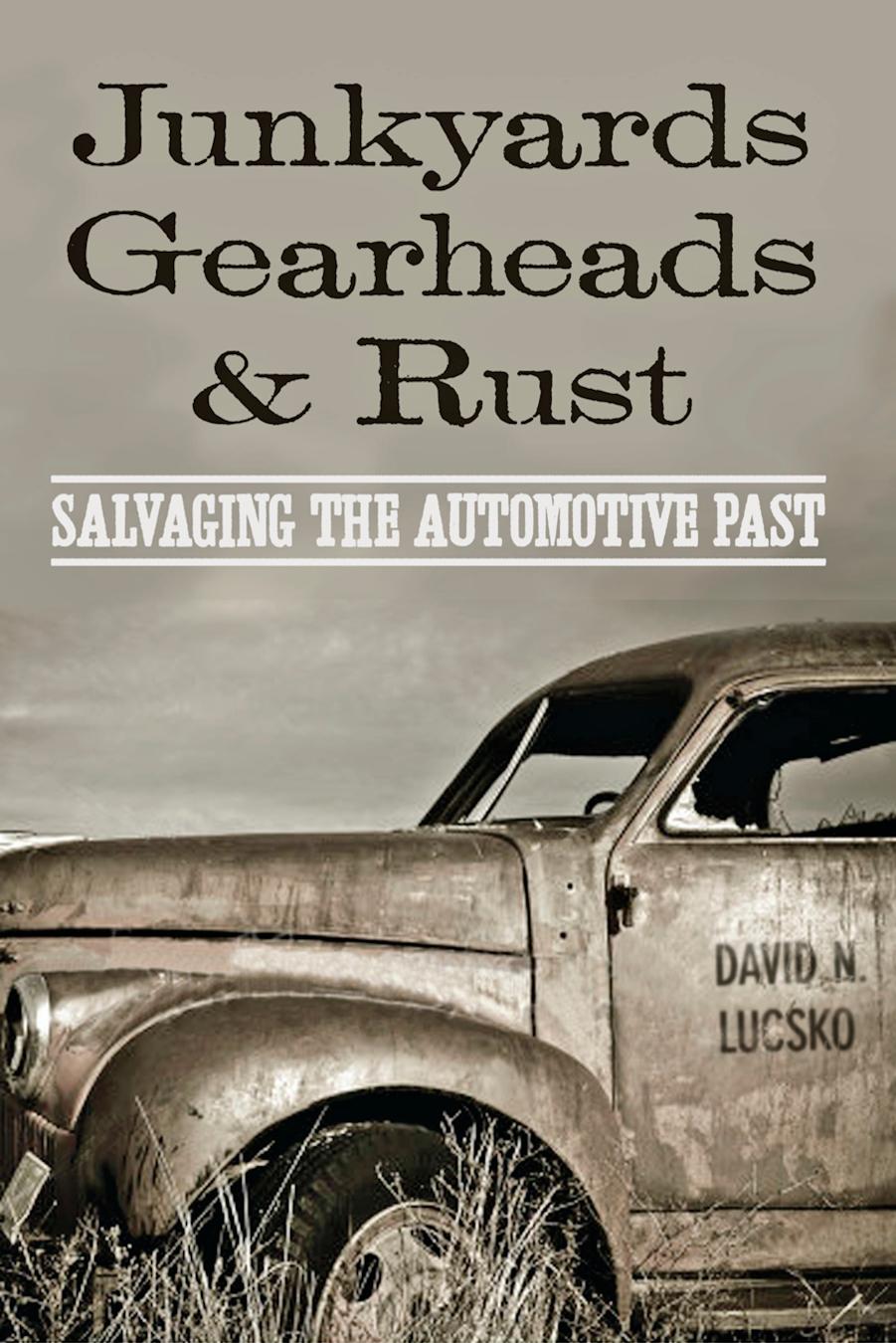Junkyards, Gearheads, and Rust by David N. Lucsko

Author:David N. Lucsko
Language: eng
Format: epub, pdf
ISBN: 9781421419435
Publisher: Johns Hopkins University Press
6
Of Clunkers and Camaros
Policy Makers, Enthusiasts, and Old-Car Scrappage, 1990–2009
Its panels were straight and clean. Its seats were worn but not worn out. Its motor still purred. It was a yellow 1967 Chevrolet Camaro, and in February 1994, Hot Rod unveiled it as its latest project car. Long a staple of enthusiast periodicals, project-car series normally unfold over several installments as the subject vehicle is modified or restored to meet a stated goal: period-correct cruising, weekend racing, reliable daily performance, or inexpensive horsepower gains.1 But this one was different. Dubbed the “Crusher Camaro,” its primary aim was political.
Hot Rod staffers rescued it from a queue of old cars in Los Angeles that Chevron planned to purchase and destroy to earn pollution-abatement credits from the authorities. The operation, “Project CAR,”2 was an early example of what is variously known as a “clunker,” “scrappage,” “crusher,” or, more formally, “accelerated vehicle retirement” program. Products of the federal Clean Air Act of 1990 and its attempt to ratchet up the fight against air pollution while easing the costs to smokestack industries and state officials, corporate- and state-backed scrappage programs sought to reduce pollution by permanently eliminating older cars from use, thereby accelerating the pace of vehicular obsolescence in the name of cleaner air. The Union Oil Company of California (Unocal) ran the first such program; Chevron and others followed its lead.
The concept was simple: pollution is pollution, whether mobile or stationary. If a firm has difficulty reducing its factory emissions, then why not allow it to tackle other regional sources that are more easily controlled? Or if a city or state cannot meet its federally mandated mobile-source pollution reduction goals, then why not allow it to think beyond automotive emissions testing and develop other strategies, including the deliberate destruction of older cars? This logic reflected a broader shift in the theory and practice of industrial ecology that was well under way by the late 1980s, a shift in the focus of pollution mitigation from the local (car tailpipes in Anaheim, factory smokestacks in Long Beach) to the regional or systemic (air quality in the Los Angeles basin as a whole).3 The 1990 legislation embraced this shift by allowing industry and government officials to pursue systemic tactics, including old-car scrappage. So began the hunt for what politicians, corporate executives, and environmental regulators derisively labeled “clunkers” or “gross polluters.” Precise definitions for these terms never materialized, apart from vague allusions to junky-looking, blue-smoke-trailing behemoths. But in practice, they referred to older cars of any stripe, condition notwithstanding—cars like Hot Rod’s Camaro.
That car was chosen for several reasons. Most simply, the circumstances surrounding its purchase meant that it was a vehicle with an interesting backstory, and thus an ideal candidate for a project series. More important, Hot Rod’s stated goal was to demonstrate that accelerated vehicle retirement was a methodologically flawed approach to air quality improvement because it assumed that all old cars, by definition, were clunking gross polluters. From beginning to end, the Crusher series aimed to refute this assumption empirically.
Download
Junkyards, Gearheads, and Rust by David N. Lucsko.pdf
This site does not store any files on its server. We only index and link to content provided by other sites. Please contact the content providers to delete copyright contents if any and email us, we'll remove relevant links or contents immediately.
| Automotive | Engineering |
| Transportation |
Machine Learning at Scale with H2O by Gregory Keys | David Whiting(3980)
Never by Ken Follett(3712)
Urban Outlaw by Magnus Walker(3310)
OPNsense Beginner to Professional by Julio Cesar Bueno de Camargo(3230)
Sapiens and Homo Deus by Yuval Noah Harari(2949)
Will by Will Smith(2744)
A Short History of Nearly Everything by Bryson Bill(2584)
Hooked: A Dark, Contemporary Romance (Never After Series) by Emily McIntire(2469)
Rationality by Steven Pinker(2235)
Borders by unknow(2150)
Holy Bible (NIV) by Zondervan(2056)
The Becoming by Nora Roberts(2038)
The One Percenter Encyclopedia by Bill Hayes(1759)
Freedom by Sonny Barger(1744)
HBR's 10 Must Reads 2022 by Harvard Business Review(1742)
A Short History of War by Jeremy Black(1732)
Five Ways to Fall by K.A. Tucker(1667)
Girls Auto Clinic Glove Box Guide by Patrice Banks(1656)
Go Tell the Bees That I Am Gone by Diana Gabaldon(1650)
